The latest in the series on objects from Rye Castle Museum and what they tell us about the history of Rye and the surrounding area.
The Rye Borough Police truncheon
Truncheons have been carried by watchmen, parish constables and subsequently policemen since the Middle Ages, used both for defence and as symbols of authority. They were often painted with crown and royal cypher or arms and were used as officer warrants bestowing them with the authority to carry out their duty. The Rye Borough police truncheon in the Ypres tower of Rye Castle museum, is Victorian, painted with a crown and ‘RP’ for Rye police. Painted truncheons were phased out from the 1870s and 1880s.
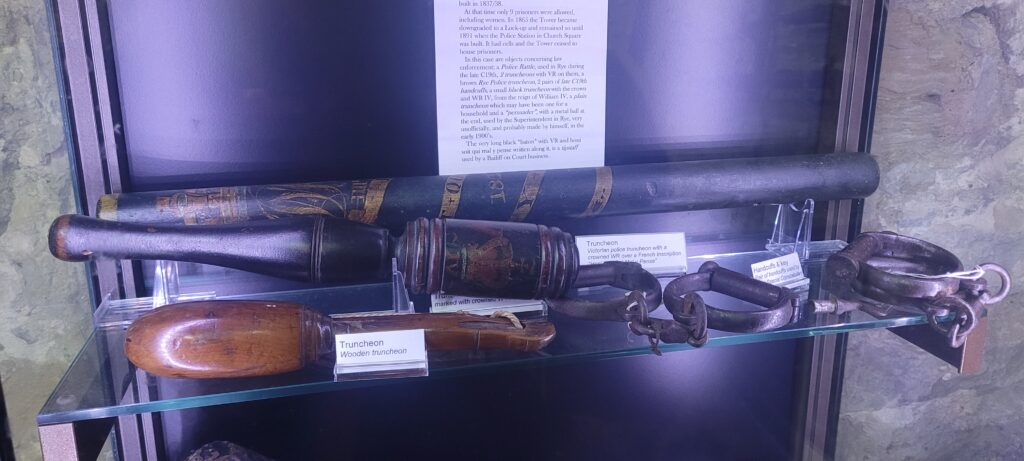
The job of maintaining law and order in and around Rye and across the country, from the medieval period until the 19th century (when local police forces were established), was undertaken by unpaid watchmen or constables. When smuggling was rife in the 18th century the customs and excise officers, assisted by dragoons, and later in the 19th century, the coastal blockade and then the coastguard, were tasked with stopping the smuggling gangs. The army was also called in when the local parish constables needed extra support during times of riot or public unrest.
The local parish constables had the role of protecting communities and catching criminals, but they were unpaid and unorganised which made them open to corruption or local influence. They dealt with petty crime and disorderly behaviour but had little experience of criminal investigations.
In Rye, the castle acted as a town gaol from the 15th century and imprisoned beggars, debtors, vagrants, thieves, army deserters, men pressed for the army or navy, and those awaiting execution or other punishments such as whipping, fining or transportation to the colonies. In 1865 it became a lock-up for the Rye police before the purpose built police station was built in Church Square.
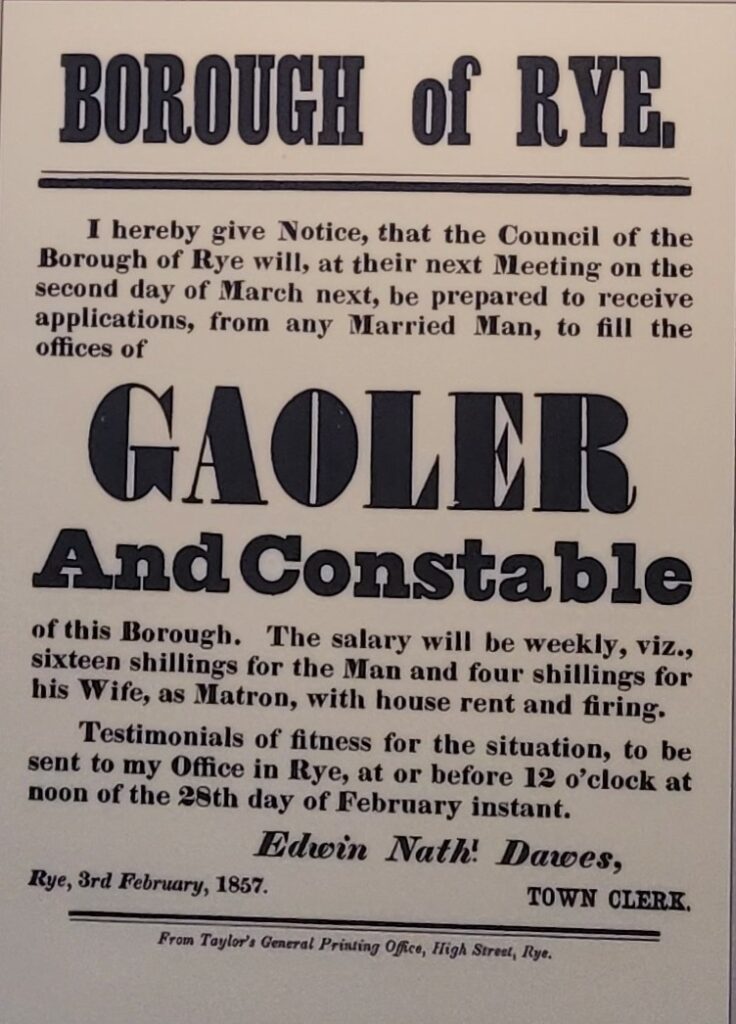
It wasn’t until the formation of the first police force in England, set up in London in 1829 by the home secretary, Robert Peel (known as Bobbies or Peelers), that they were funded by the state through taxation. In 1856 the County and Borough Police Act require local authorities to form local police forces and by 1857 police forces were introduced nationwide.
Rye had its own borough police force from 1838 to 1889 made up of just two officers. Their most challenging duties was policing the annual bonfire night when the bonfire boys frequently caused trouble requiring the extra assistance of special constables. In 1875 the head constable, Parker Butcher, tried to stop the procession but was thrown into a burning boat and had to be rescued. The following year, in 1876, over 20 special constables were given the job of protecting private property from fire, rather than stopping the procession. Further trouble occurred in 1884 when Superintendent Bourne and PC Henley, along with a force of specials, prevented the crowd from taking a boat from the Rock Channel shipyard of G&T Smith’s. However, in the course of their duty, Bourne was knocked out and PC Henley’s helmet was battered.
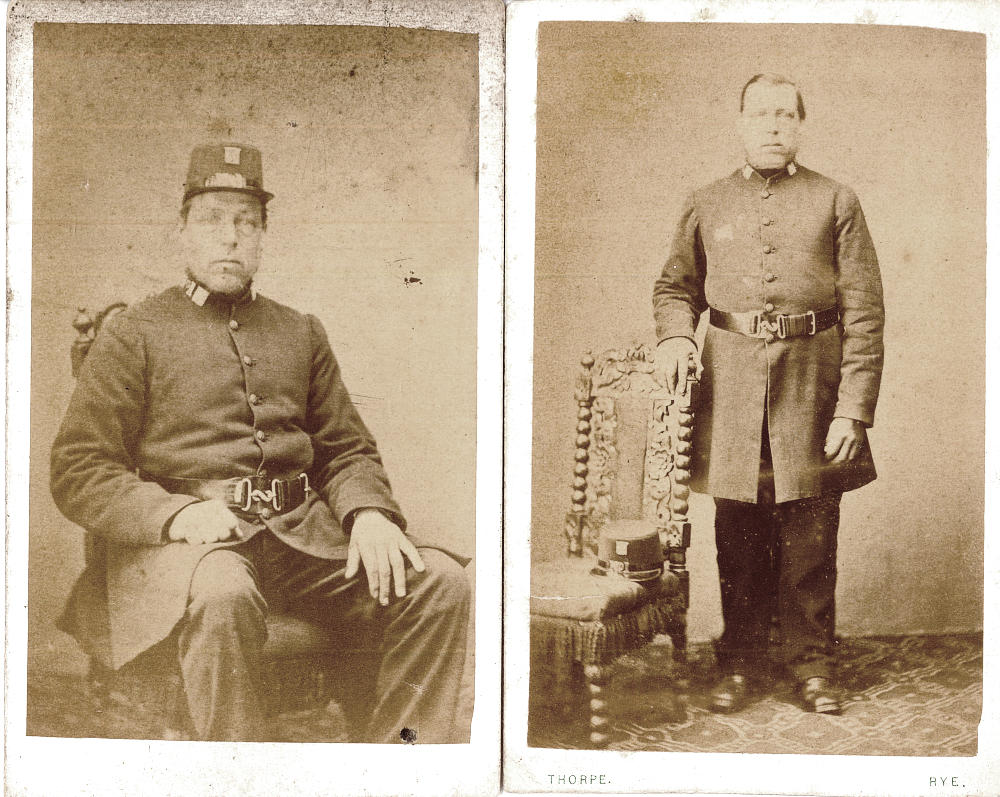
William Henry Henley (seen in the photograph wearing the Rye Borough police force uniform) was based in the police station situated beside the Ypres Tower. The sign ‘Police Station’ can be seen in the photograph, next to the upstairs window.
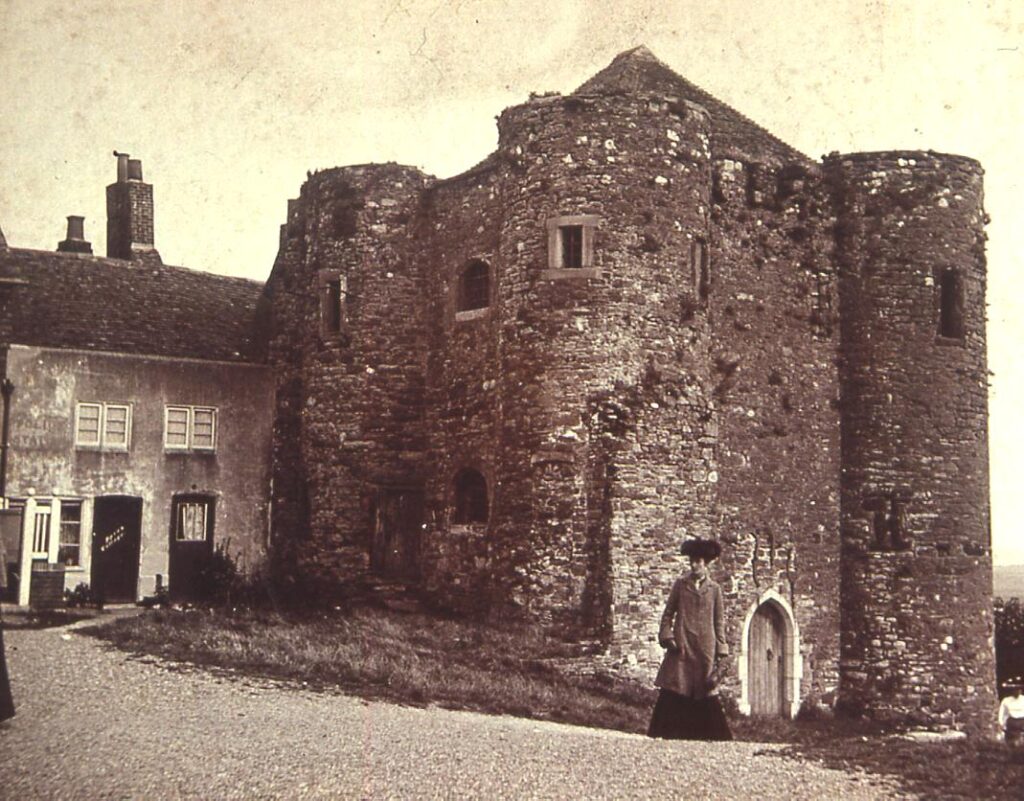
In 1888 the local government act combined the Rye Borough Police with the East Sussex Constabulary, and a new police station was built in Church Square in 1891. At that time the town police were made up of one sergeant and three constables.
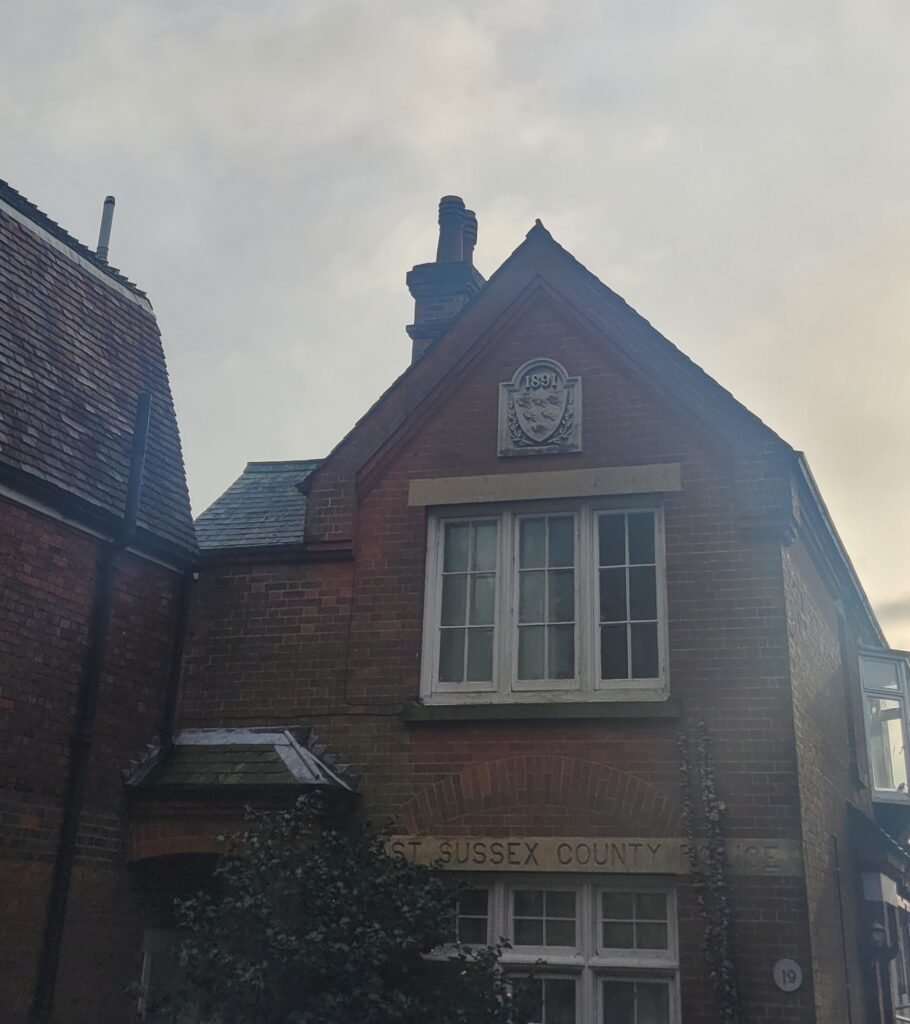
This police station closed in 1966, moving to the present-day location of Cinque Ports Street. The force then became the East Sussex Police before joining with the West Sussex to form the Sussex Police. Todays’s underused police station was built on the site of the old Cinque Ports Hotel which was destroyed by a bomb in the second world war.
Museum opening hours
The Rye Castle Museum has two sites, one in a former bottling factory in East Street and the other at the Castle / Ypres Tower.
Castle / Ypres Tower is open daily throughout the year. March 30 to October 31 from 10:30am to 5pm. November 1 to March 29 from 10:30am to 3:30pm.
East Street is open at weekends from April to October from 10:30am to 4:30pm (subject to availability of volunteers).
Image Credits: Juliet Duff/Rye Castle Museum Association , Rye Castle Museum Association , Juliet Duff .



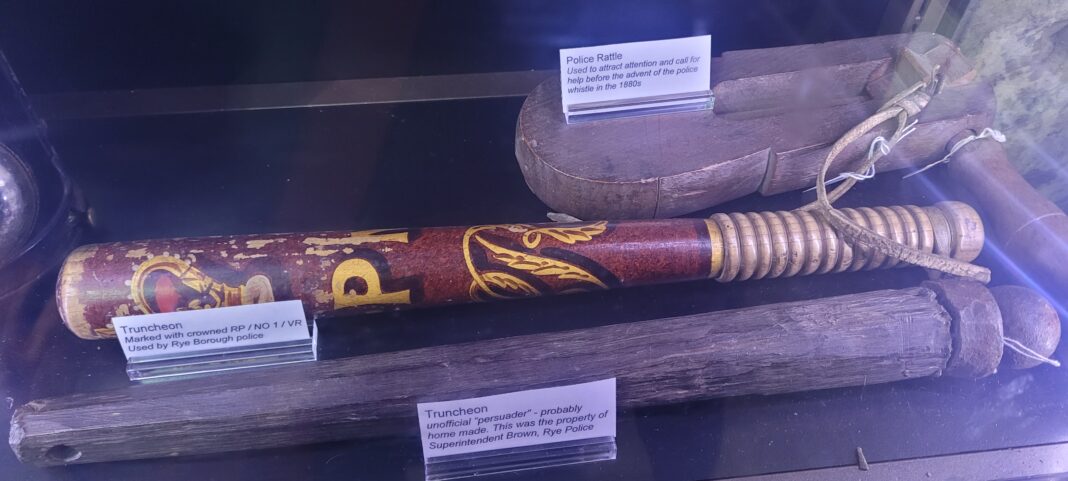
What an interesting and very pleasant read Juliet, thank you!
Are there any plans to combine your articles into a published collection?
Great article, as ever, Juliet. Highly arresting! X